What Is Mycelium?
Mycelium is the vegetative part of a fungus. It is a network of cells living within and throughout almost all landmasses on Earth. More than 8 miles of these cells can be found in a cubic inch of soil (Source: Mycelium Running).
Here’s an awesome close-up photo of soil with mycelium growing through it:
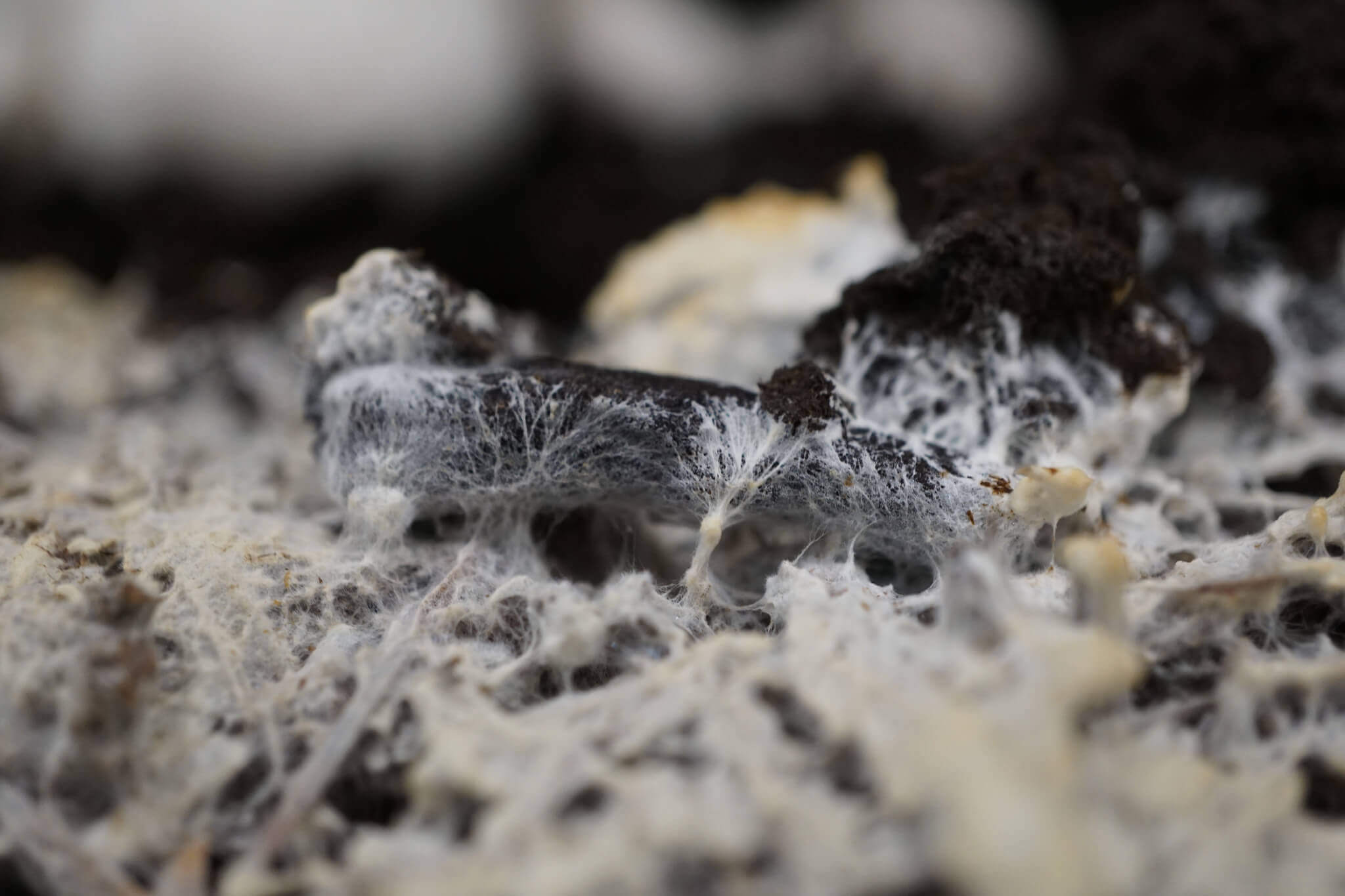
Many mycologists call mycelium “the neurological network of nature”. All ecosystems and agriculture around the world are dependent on mycelium to support healthy and resilient vegetation.
To get a better idea of how mycelium is related to the mushroom itself, imagine any other plant, like a tree. The roots of the tree are underground, just like mycelium, reaching far and wide beneath the soil, absorbing nutrients and water. The mushrooms are more like the tree trunk itself in this analogy – although there are typically a large number of mushrooms, not just a single one.
As a Fungi, mycelium isn’t a member of the Plant kingdom. In biological terms, mycelium is actually more similar to the Animal kingdom than the Plant kingdom because it does not produce its own food. Whether it is obtained directly or indirectly, fungi depend on plants for their food (sugars, vitamins and minerals). This is also how types of Mycelium are classified, as we’ll see in a moment.
Benefits of Mycelium
“Mycelium represents rebirth, rejuvenation and regeneration. Fungi generate soil that gives life.”
-Paul Stamets, mycologist and founder of Fungi Perfecti
Mycelium is an essential part of the planet’s ecosystems. Without mycelium, soil structure would break down, leading to further erosion and multitudes of other problems.
- By breaking down organic matter, mycelium helps create new and fertile soils.
- Mycelium removes industrial toxins from the soil, including pesticides, chlorine, dioxin, and PCBs.
- Trees often become more drought and disease resistant when mycelium is present.
- Paul Stamets has found that mycelium can also be used to cleanse ground water of contaminants and pollutants.
The Must-Read Book On Mycelium
If you really want to dive into mycelium and why they’re so important, get Mycelium Running: How Mushrooms Can Help Save The World, by mushroom expert Paul Stamets. He explains the science behind an important conclusion: That growing mushrooms may be the key to saving the environment.
Types of Mycelium
Mycelium is classified into three different categories based upon how they obtain their food from other organisms.
- Mycorrhizae, receives nutrients from living plants in a mutually beneficial relationship.
- Saprophytic, absorbs nutrients from dead organic matter.
- Parasitic, feeds off living host.
Mycorrhizae: “The Symbiotic Relationship”
Most cultivated plants grow best in a relationship with mycorrhizal fungi and some even require the symbiotic relationship.
- The fungus attaches itself to the root of the plant and maximizes the plants surface area. This gives the plant access to nutrients it otherwise would not have been able to reach.
- The plant photosynthesizes the sun’s energy and turns it into sugar, providing carbohydrates for the mycelium.
- Examples include: Chanterelles, Boletes and Morels
Mycorrhizae is available as a powder, granular, or liquid garden additive and is one of the best ways to ensure a good crop of plants. By almost all accounts, plants grown side by side with and without mycorrhizae perform significantly better. One of the best deals we’ve seen for sale is 2.2 lb of mycorrhizae for $26 on Amazon and $11.60 for 1 lb:
Saprophytic: “The Garbage Collectors”
The majority of fungi are saprophytic. Without them the forest floor would become a pile of fallen debris that would keep accumulating over time.
- Saprophytic fungi feed off the dead remains of plants, growing out of fallen logs or piles of leaves.
- They break down organic matter, turning it into nutrient rich soil.
- The majority of edible and medicinal fungi are saprophytes.
- Examples include: Shiitake, Turkey Tail, Oyster, Reishi, Lions Mane
Parasitic: “Disease Causing”
Although parasitic fungi are harmful to their host, they can be indirectly beneficial to other species by creating dead organic matter required for others to survive.
- Parasitic fungi obtain their food from taking nutrients from living organisms.
- They can cause serious damage to plants, harming them and sometimes killing them.
- Parasitic fungi are the main causes of tree die-offs in ecological systems.
- As they kill older trees they provide benefits to forest succession by making way for new growth.
- Examples include: Cordyseps, Aspen Bracket
Benefits of Having Mycelium In Your Garden
Promoting the existence of healthy mycelium in your garden has a myriad of benefits. These include:
- Increases water efficiency as mycelium holds water within the soil.
- Reduces erosion by acting as a cellular net for water and soil particles.
- Improves root growth by adding oxygen to the soil.
- Enhances soil nutrition as it releases nitrogen, phosphate and other micronutrients via the breakdown of organic matter.
- Protects plants against pathogens by competing with pathogenic fungi and bacteria.
- Increases nutrients available to plants.
- Encourages beneficial bacterial growth.
Cultivating mushrooms in and with your garden serves multiple functions. While the mycelium is amending the soil and enriching the nutrient value of your vegetables, the fruiting bodies are also a delicious and healthy addition to your diet.
How To Grow Mycelium
For those interested in growing their own food and medicine outside of the garden, it takes only a few simple steps to get started.
Plug Spawn:
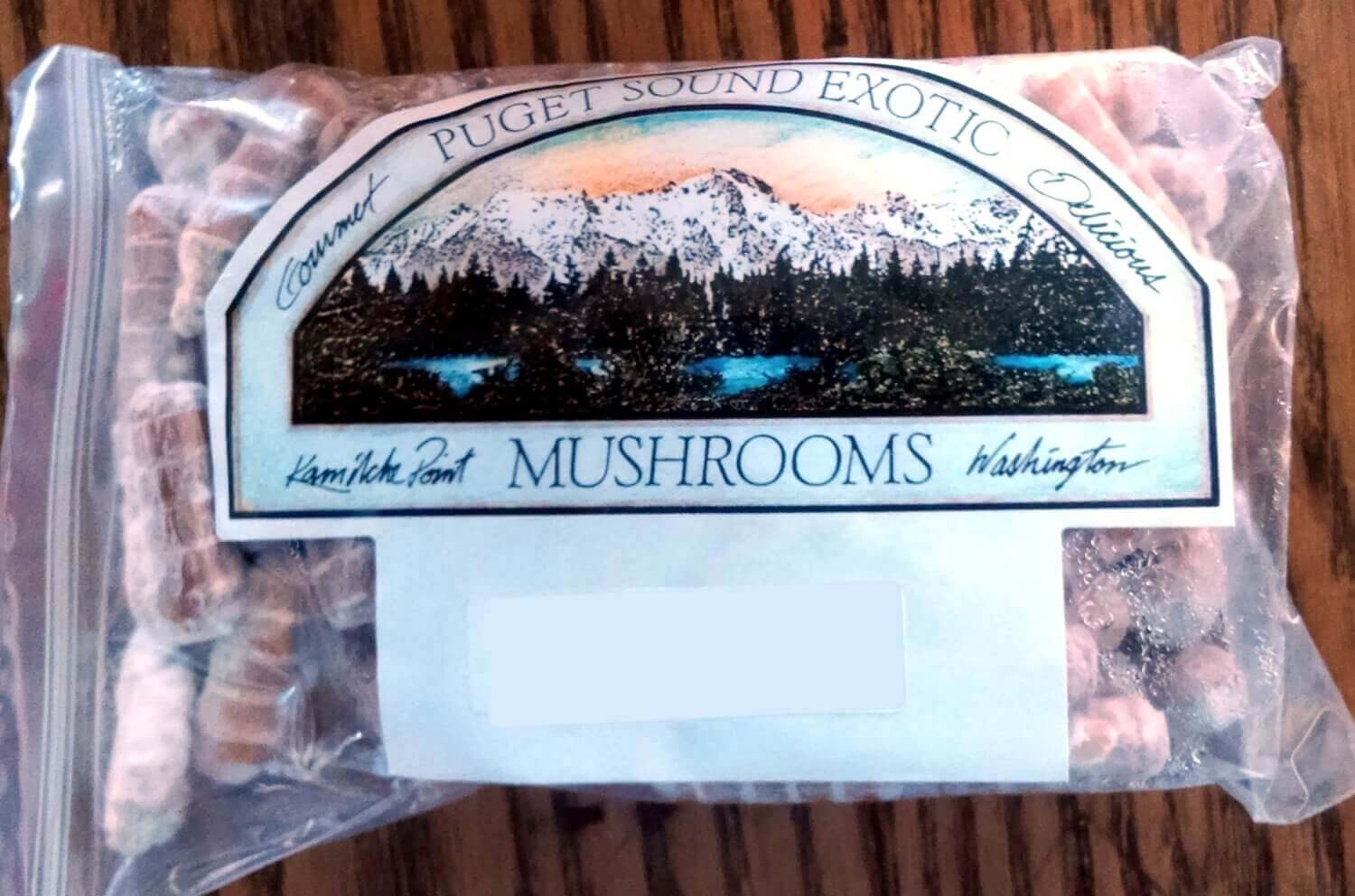
Plug Spawn: Cultivating mushrooms on logs or stumps requires more start up work and takes longer than indoor cultivation, but will fruit much longer than indoor growing kits will.
- Insert the plug spawn, mycelium-infused wooden cylinder, into small drill holes in the log or stump.
- Seal holes with wax.
- Over the next 6 months the mycelium will inoculate the wood and mushrooms will begin to fruit.
*For log inoculation always use hard wood such as Alder, Oak or Maple. Never use soft woods such as Pine, Fir or Cedar.
Indoor Growing Kits:
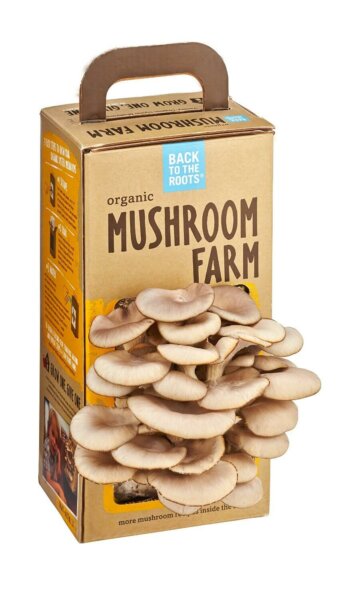
Indoor Growing Kit: For the most simple method of cultivation, indoor mushroom bags require very little experience.
- Open kit and keep in a cool damp place, such as the bathroom.
- Keep mycelium moist by spraying it daily.
- In 7-10 days mushrooms will begin to fruit.
- Continue to harvest for up to several months.
Although these methods are exciting and fruitful, they do not allow the mycelium to do what it does best, which is restoring and benefiting the ecosystem it thrives in.
Growing Mushrooms On Wood Chips or Straw
Growing mushrooms on wood chips or straw serves multiple functions in the garden. The benefits of companion gardening with inoculated wood chips or straw are:
- Woodchips and straw make excellent mulch, reducing erosion and increasing organic matter within the soil.
- Water retention is increased.
- Nutrients are more accessible to plant roots.
How To Get Started
When considering energy input to energy output, this method far exceeds any of the others. The stacking functions aspect allows for the energy received to far surpass the small amount of energy needed to be put in.
- Buy mycelium spawn.
- Break up the mycelium and spread it throughout the straw/woodchips.
- Spread the inoculated mulch over your garden.
The mycelium will take hold and in 9-12 months you will have a fully-producing mycelium bed that will continue to produce for several years.
King Stropharia, The Garden Giant
For high fruit production and ecosystem restoration the Garden Giant is a good mushroom to start with.
The Garden Giant feeds off a wide variety of organic matter, meaning you can grow it on more than just woodchips, and has many beneficial relationships with bacteria naturally in the soil.
The mushrooms are edible and can grow incredibly large! It is best to harvest them before they get too big, and before maggots or other insects get there first.
As an organism, mycelium is still quite mysterious. Mycologists have only identified 14% of mycelium species, leaving us with a whole lot more to learn!
The Best Mycelium Books And Resources
- Book: Mycelium Running
- Making A Mushroom Bed
- Helping the Ecosystem Through Mushroom Cultivation
- Edible Saprophytic Mushrooms In The Garden
- Mycorrhizal Fungi 101
- Growing Mushrooms On Logs & Stumps
- Permaculture With A Mycological Twist


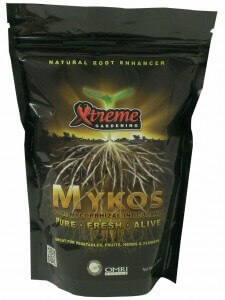



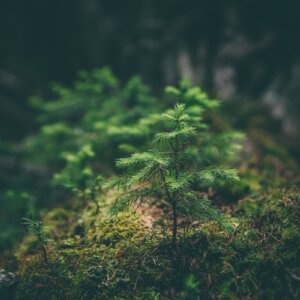

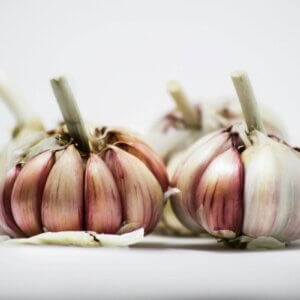
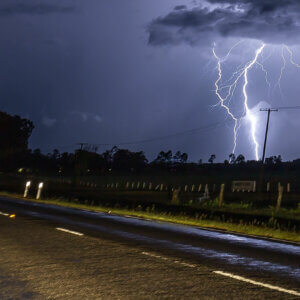
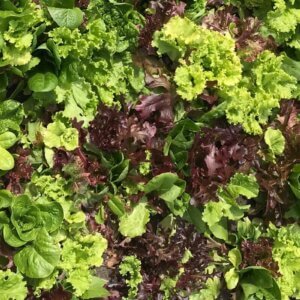
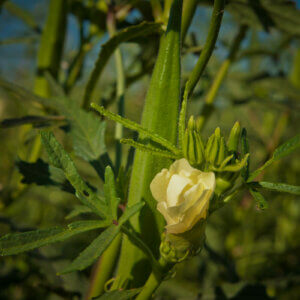
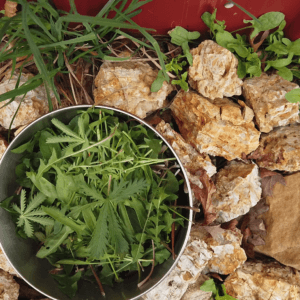
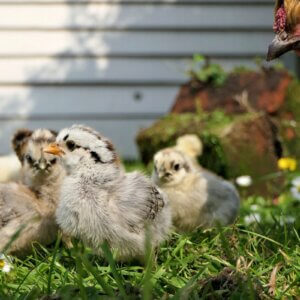
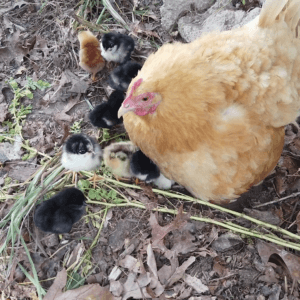



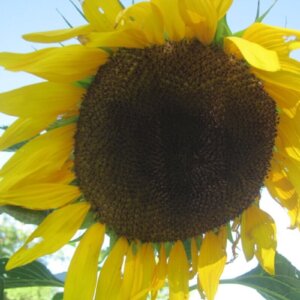

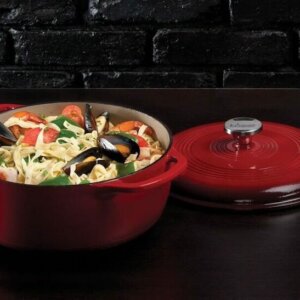
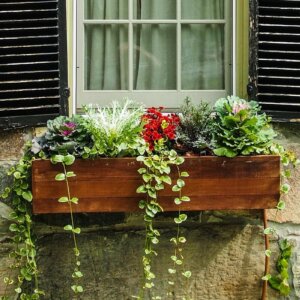
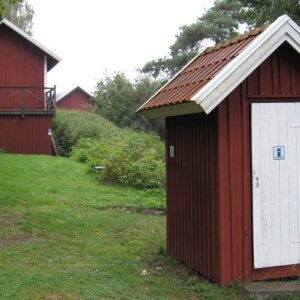

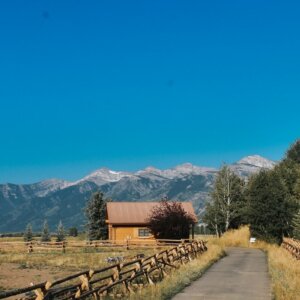

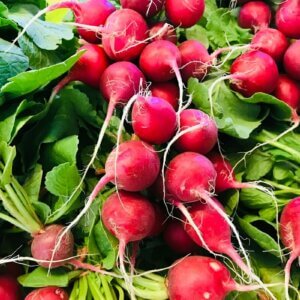
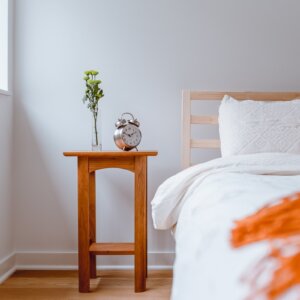

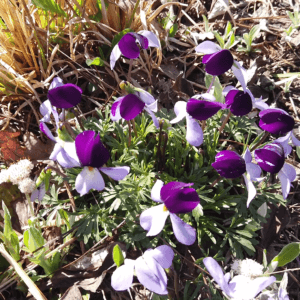
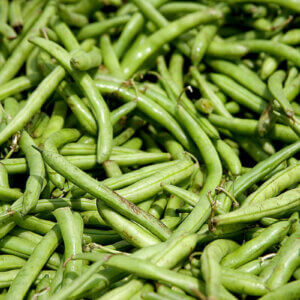
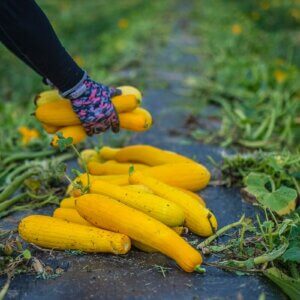



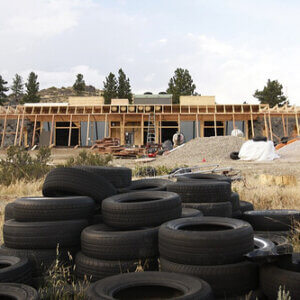
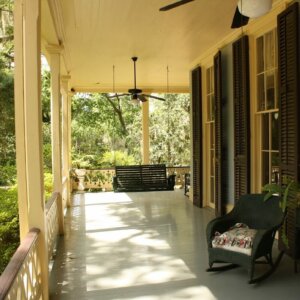

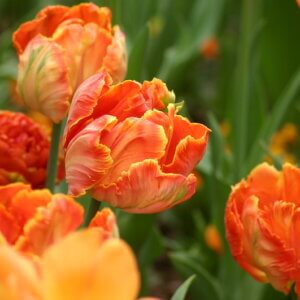
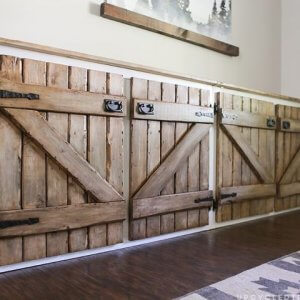
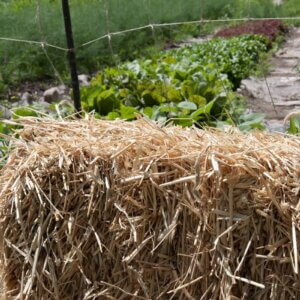
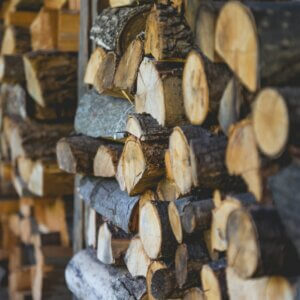
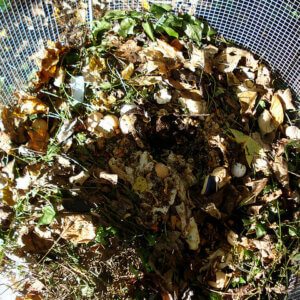
I finally have a grid for the fungal component! & how to think about incorporate the categories. Thank you so much! Will give Insteader’s monthly a whirl!
Photo/Attachment:
I have been a veterinarian and had to quit because of cancer, and was not expected to live. When I did survive I went back to school and became a psychologist. Along the way, I learned about mushrooms and mycelium. Now that I am in the process of retiring from psychology. I find that learning all I can about mushrooms and especially mycelium is a good way to occupy myself during retirement.